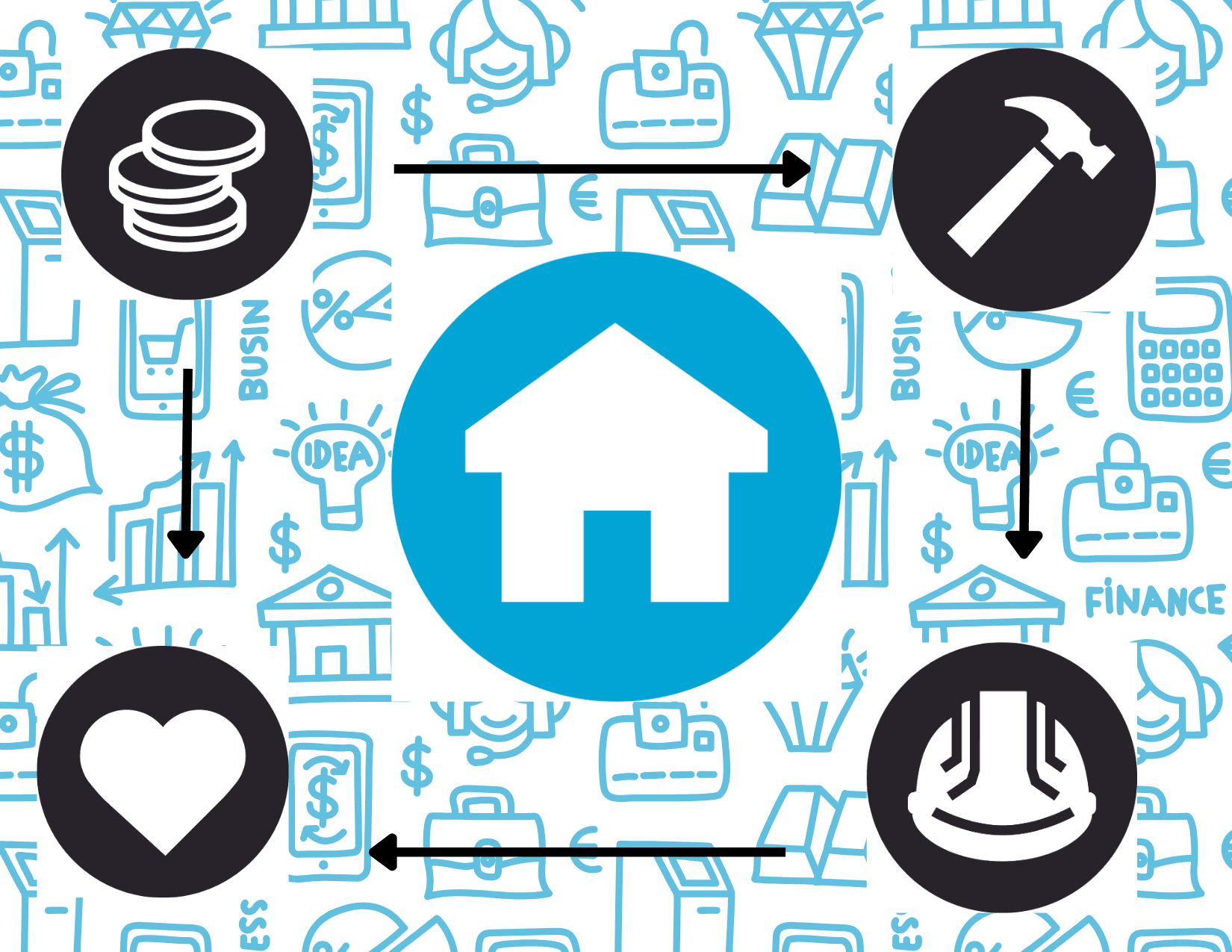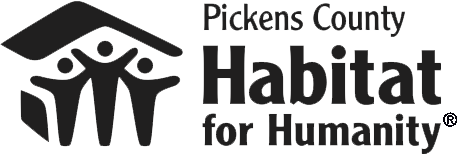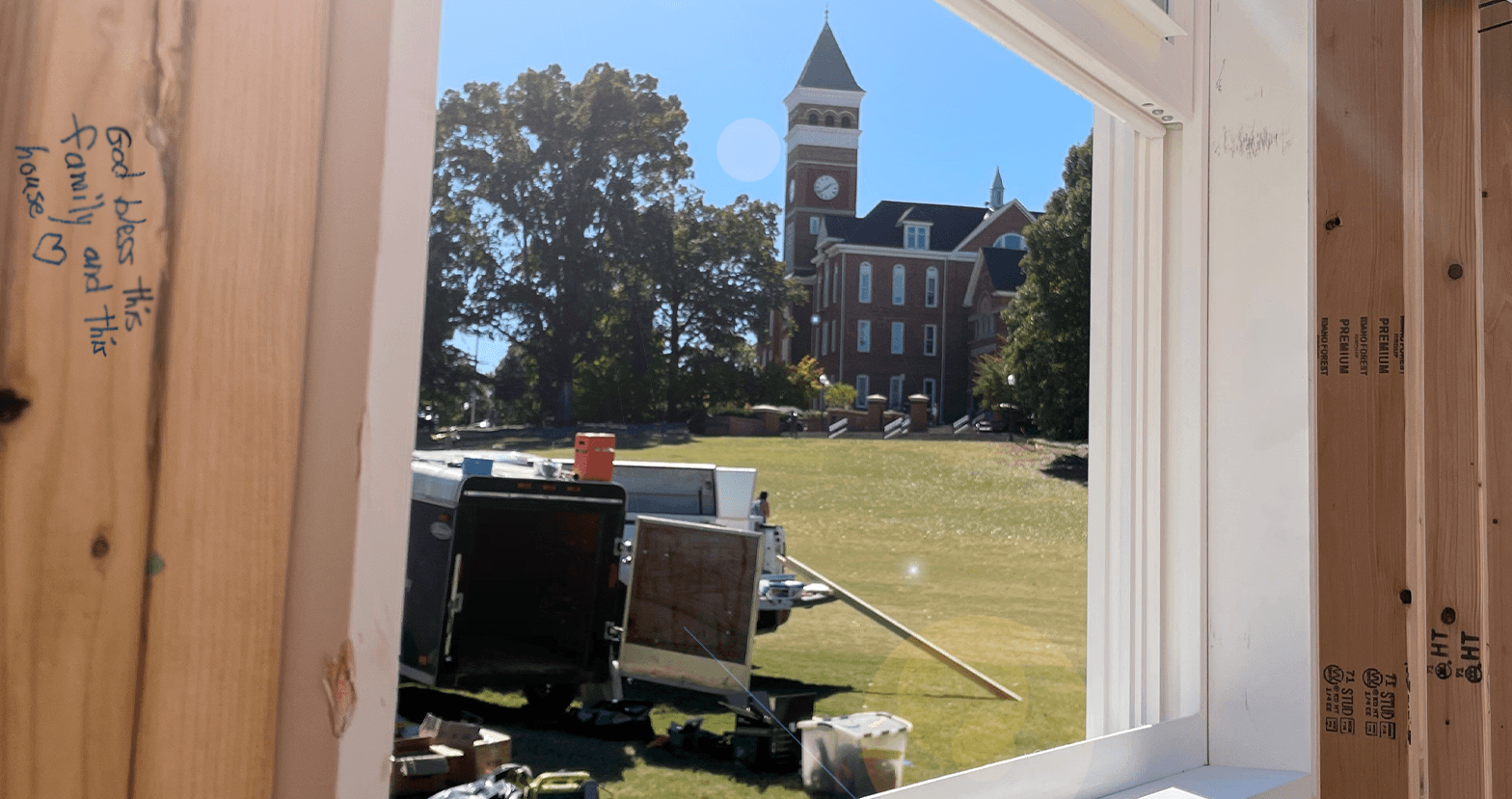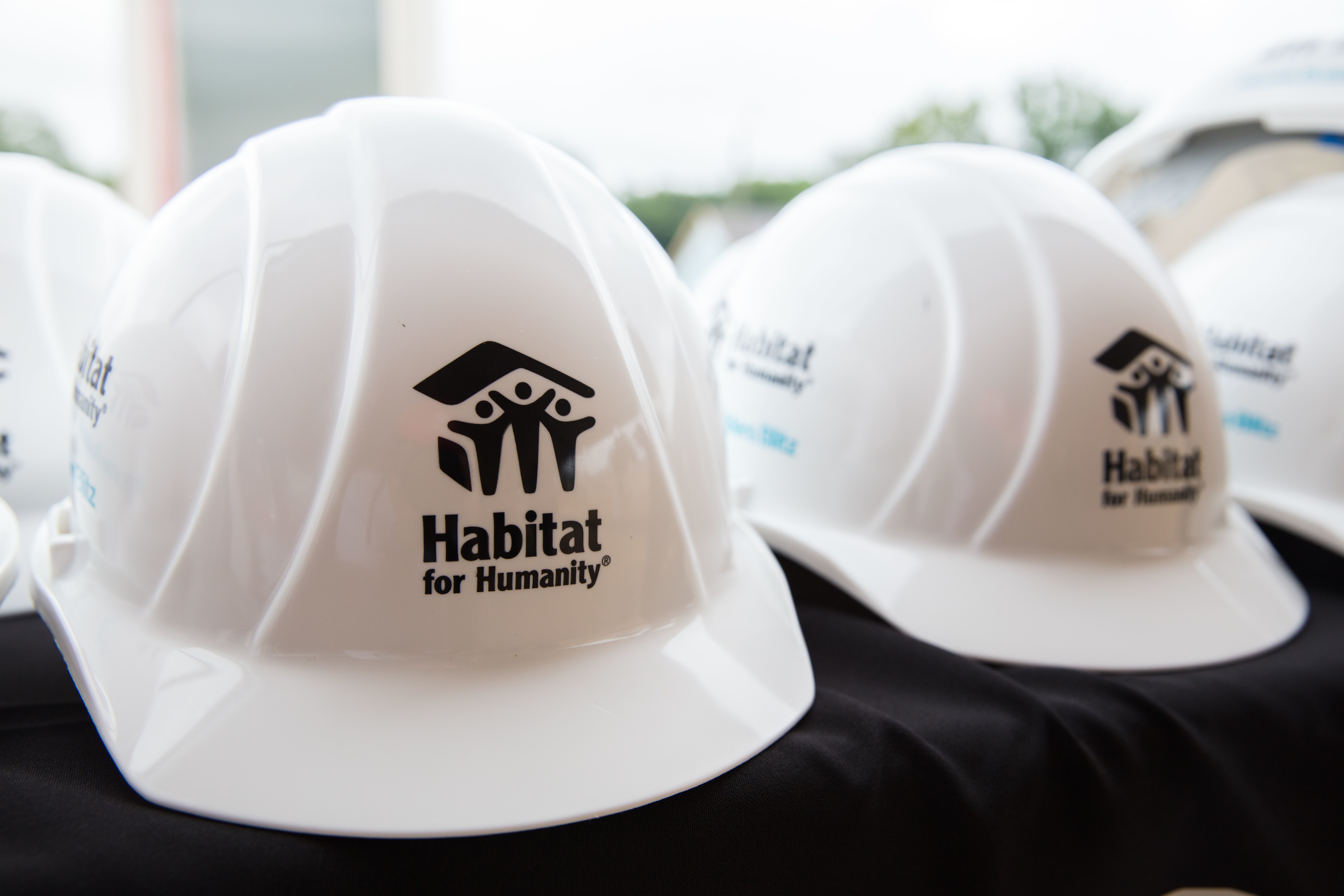
For many families, homeownership seems like a distant dream. But at Pickens County Habitat for Humanity, we believe everyone deserves a safe and affordable place to live. Have you ever wondered what goes into building a Habitat home? The process starts long before hammers hit nails and extends far beyond the final coat of paint. Let’s take a behind-the-scenes look at the journey of a Habitat home and discover how your community comes together to make affordable housing possible.
Step 1: Building the Foundation (Literally and Figuratively)
Every Habitat build starts with careful planning. Pickens County Habitat for Humanity works with local families, guiding them through an application process to qualify for homeownership. These families, known as “partner families,” go through financial reviews, interviews, and discussions to make sure homeownership is a good fit. At the same time, Habitat volunteers and staff make arrangements for the build, finding land, selecting building materials, and gathering donations from community supporters. Partner families, often alongside neighbors, will soon lend a hand to help build their future home, giving them what we call “sweat equity.”
The partnership between Habitat and the community helps make these homes affordable. Many local companies, like Dolly’s Roofing and Builders FirstSource, donate materials, and local volunteers contribute their time and skills to keep costs as low as possible. For every Habitat build, we see individuals, schools, churches, and businesses from across Pickens County coming together with a shared goal: building safe, decent, and affordable housing.
Step 2: Raising the Walls with Volunteer Power
When construction begins, volunteers become the heartbeat of every Habitat build. Under the skilled leadership of Kevin Parris, our Construction Coordinator, volunteers work safely and effectively to bring each house to life. Our build days are a vibrant mix of people from all backgrounds—students, professionals, retirees, and families—working side-by-side, not only building homes but also forming bonds and friendships that strengthen the community.
The benefits of volunteering extend well beyond the immediate tasks on a build site. According to Habitat’s research, volunteering has a positive impact not only on the organization and those we serve, but also on the volunteers themselves and the communities they represent. Volunteers frequently report a sense of personal fulfillment and increased awareness of the housing challenges faced by families in their community. For our regular volunteer groups, like the Clemson University Habitat for Humanity Campus Chapter, the experience creates lasting connections and a deeper sense of purpose, reinforcing the idea that everyone can play a role in building a more equitable community.
Step 3: Strengthening Community Bonds and Health
As the house takes shape, so does a stronger connection between the partner family and the community. We host community events throughout the build to celebrate progress and bring everyone together, with neighbors cheering on volunteers and lending extra hands as needed. At the end of each build, the Habitat family—volunteers, donors, staff, and community members—gathers for a dedication ceremony. In these heartfelt moments, as families receive the keys to their new homes, we witness the power of community-driven change.
We like to say that this is a “hand up, not a handout.” Partner families work hard to achieve homeownership, putting in both sweat equity and paying an affordable mortgage. Those mortgage payments go back to Habitat to help fund future homes, creating a lasting cycle of support that empowers more families to achieve stability and independence.
Step 4: Building Wealth and Closing Gaps
For families, homeownership provides more than just a place to live—it’s a critical step toward building long-term financial stability. Habitat for Humanity’s evidence briefs on homeownership and wealth building demonstrate how owning a home can increase a family’s net worth, providing an asset they can pass on to future generations. This is particularly impactful for low-income families and families of color, for whom homeownership can be a means of closing the racial wealth gap.
Through zero-interest mortgages and community support, Habitat homes become accessible, affordable, and empowering assets. Each family Habitat serves adds strength to this cycle, helping create a community where every child has the opportunity to grow up in a stable, supportive environment.
Step 5: Building a Legacy of Opportunity and Growth
The positive effects of homeownership ripple throughout the community. Research has shown that families in stable, affordable homes are more likely to experience greater financial security, better health, and higher educational achievements. Children who grow up in safe, stable homes are more likely to thrive in school, building a foundation of success that benefits the entire community. At Pickens County Habitat for Humanity, every home build strengthens the community we all share. When you support Habitat—whether by volunteering, donating, or simply spreading the word—you’re helping to build a brighter, more equitable future. Affordable housing affects everyone, and together, we’re creating a future where all families have a place to call home.
How Can You Help?
How You Can Be Part of the Journey
Building affordable homes takes a village. Every volunteer, donor, and community partner brings us one step closer to making affordable homeownership possible for more families. You can get involved by signing up to volunteer, making a donation, or encouraging your workplace, church, or school to join in. Visit our website to explore ways to contribute to Habitat’s work.


